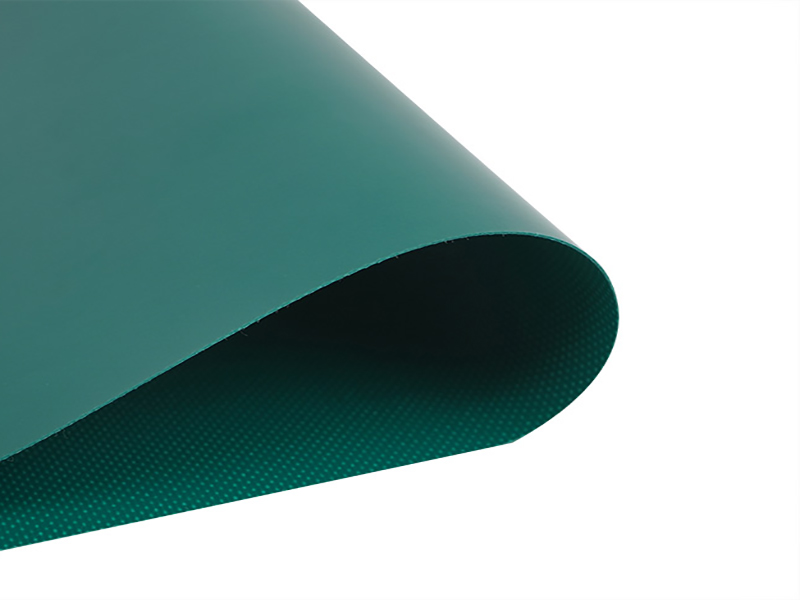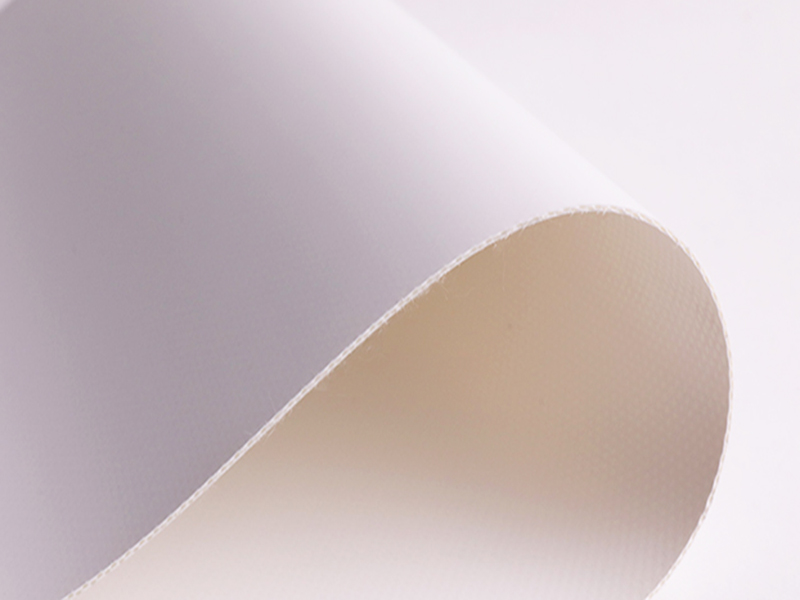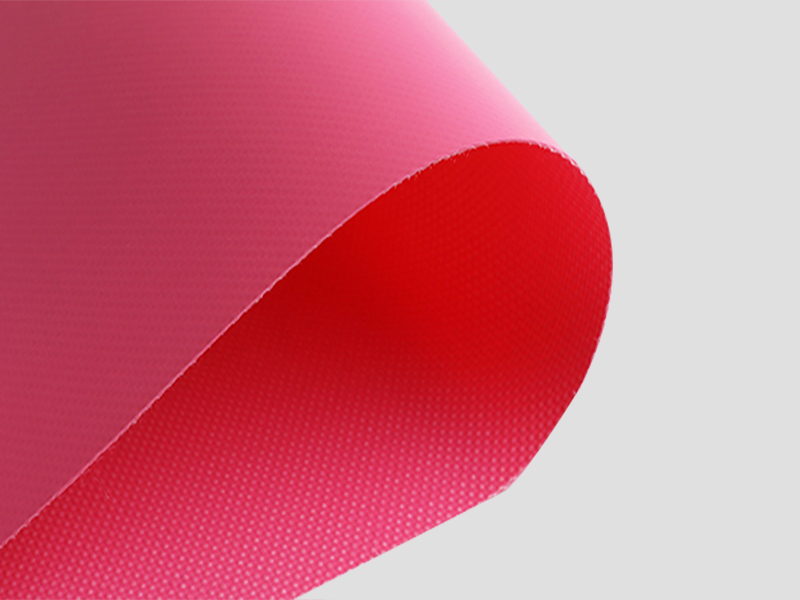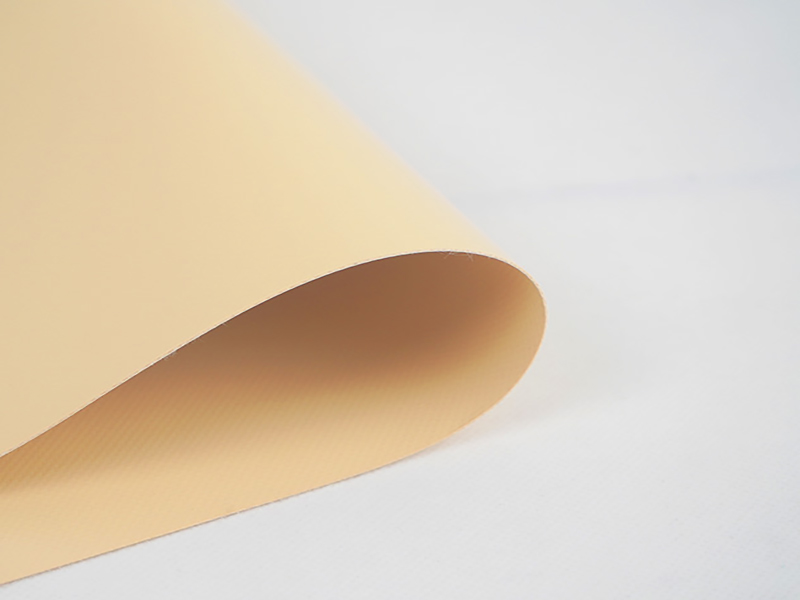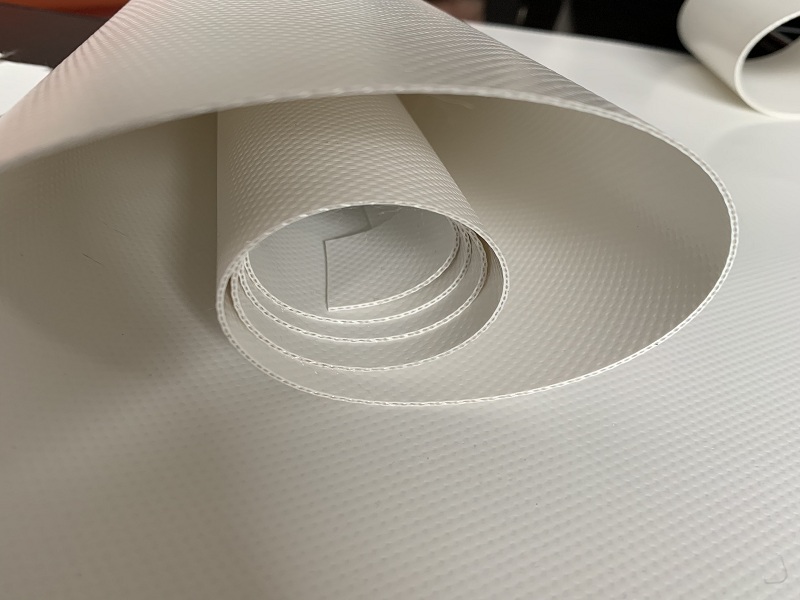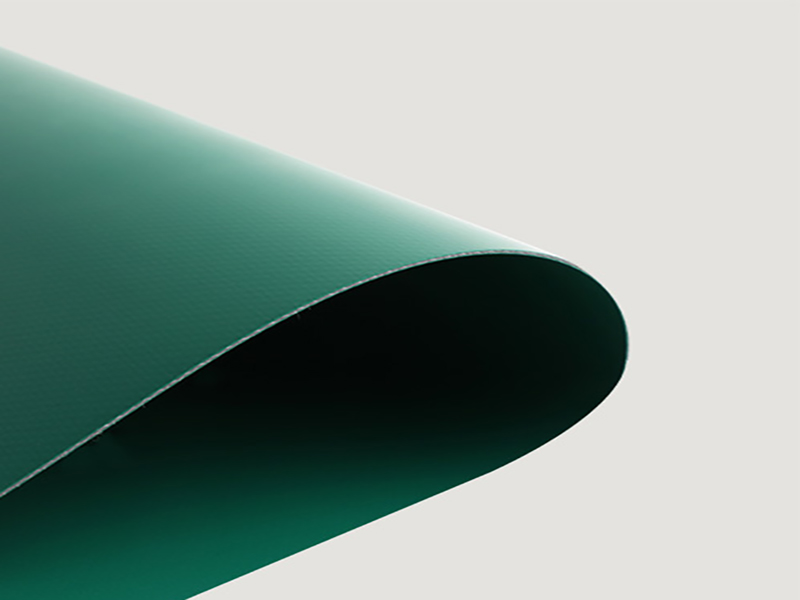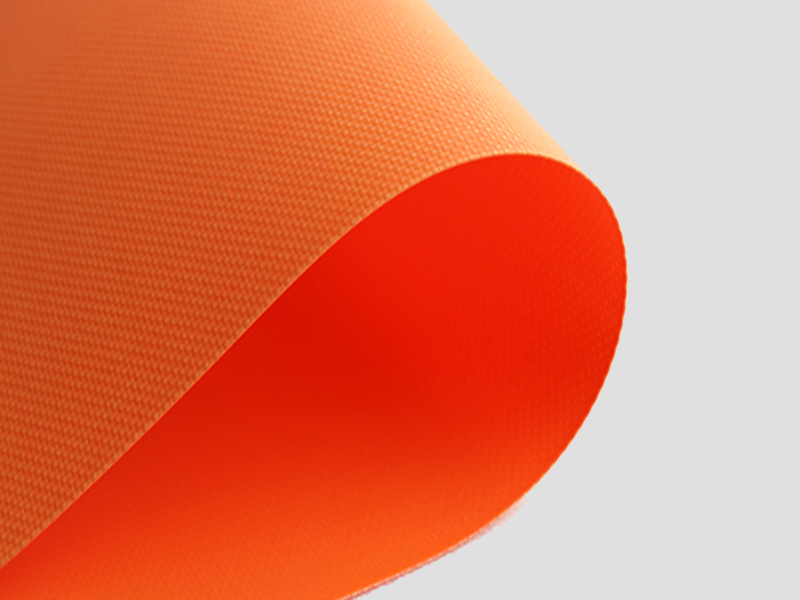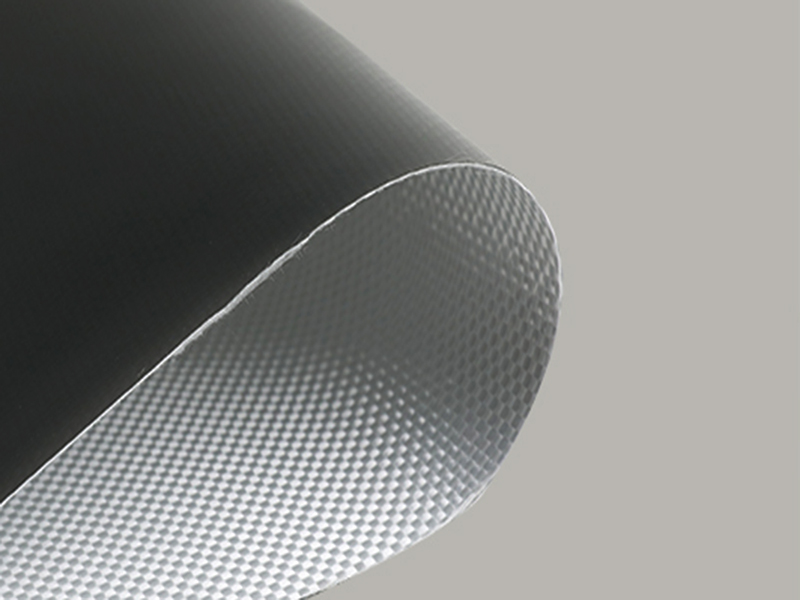The production methods of pvc light box cloth include knife coating method, calendering method, and bonding method (melting method). It is also a light box signature fabric composed of two layers of pvc tarpaulin fabric and a layer of high-strength mesh cloth, which is divided into two types: internal lighting and external lighting.
Light box cloth is divided into three types according to the production process: calendering method light box cloth, knife scraping method light box cloth and lamination method light box cloth.
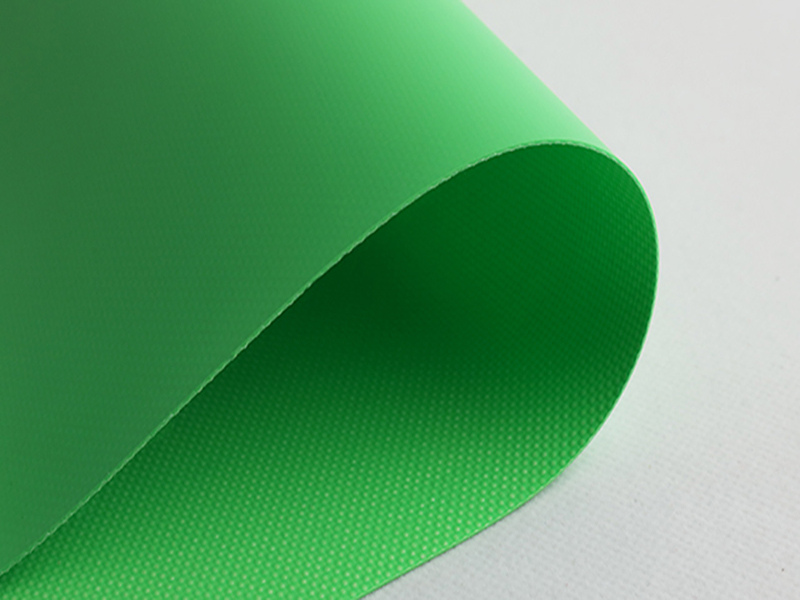
Calendering method: The calendering method is to fully stir various raw materials such as PVC powder and liquid plasticizer, and then adhere to the base cloth as a whole under the pressure of high temperature hot rollers. Its characteristics are that the surface flatness is good, and the light transmission is uniform, which is more advantageous in the interior lighting cloth. However, due to the limitation of equipment, the width is generally not more than 3 meters.
Lamination method: The lamination method light box cloth is to form the upper and lower layers of PVC film, through heating, and under the pressure of the hot roller, it is laminated with the optical fiber mesh in the middle, and it is cooled and formed. The biggest feature of this process is that it has excellent ink absorption and strong color expression.
Knife scraping method: The knife scraping method light box cloth process is to apply the liquid PVC slurry evenly on the front and back sides of the base cloth with several reverse scrapers, and then completely combine it into a whole through the drying process, and then cool and form. It is characterized by strong anti-permeability, tensile strength and anti-peeling ability. Since the upper and lower parts of the knife-scraping method are a whole, the peeling phenomenon can be eliminated, and the strength of the splicing can be greater than that of the product itself by welding.




